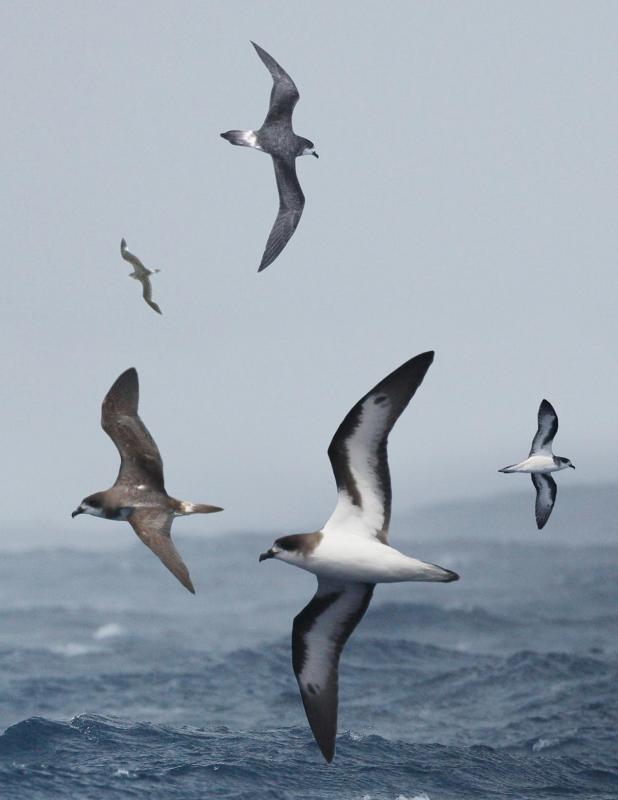A secret visit from a Bermuda bird
It’s one of the rarest birds in the world, with less than 250 breeding pairs in the entire population. It nests on only a few tiny islets just offshore from the main island of Bermuda.
Once thought extinct, 18 nesting pairs of Bermuda petrel were rediscovered in 1951 on some tiny rocky islands at Castle Harbor, Bermuda.
Through careful and painstaking protection efforts to build artificial burrows, get rid of rats and other predators, and thwart attacks on nestlings by white-tailed tropicbirds, the population of Bermuda petrels has thankfully grown by more than seventy percent.
For years, we, like most bird enthusiasts, have followed the research and conservation efforts dedicated to this mysterious bird.
In the last 20 years or so, regular pelagic sea-birding trips off North Carolina started to find Bermuda petrels on rare occasions among the similar but more frequently seen black-capped petrels, which breed in the Dominican Republic and Haiti (possibly in Cuba and Dominica as well).
But even more astonishing were the results of a research project in which small devices called geolocators were attached to 12 Bermuda petrels between 2009 and 2012. Each geolocator stores information about day length while attached to the bird and when recovered from the bird allows researchers to pinpoint where the bird traveled.
Now imagine this: Maps of two of the birds show them coming into the Gulf of Maine during their travels! Although the precision of the locations is not good enough to say for sure the exact locations of the birds during their visits (they can be off by as much 150 kilometers), we were surprised to see one of the mapped locations appearing between Monhegan Island and the mainland.
Even if it didn’t get that close, it’s still astonishing to think that one of the world’s rarest birds may regularly visit Maine’s offshore waters even if just occasionally.
A similar study was done with a seabird species called the Audubon’s shearwater, which breeds in the Caribbean and looks similar to the manx shearwater — a regularly occurring species in Maine waters.
Although there are a few hypothetical sightings of Audubon’s shearwater in Maine, the species has never been confirmed to occur here. But yet again the maps produced from geolocators recovered from six Audubon’s shearwaters originally captured in the Bahamas show birds regularly coming north, roughly appearing to make it into the waters offshore from Maine.
Mysteries like these are a great reminder that when it comes to birding, you never do know what you might see!
Event Date
Address
United States




































